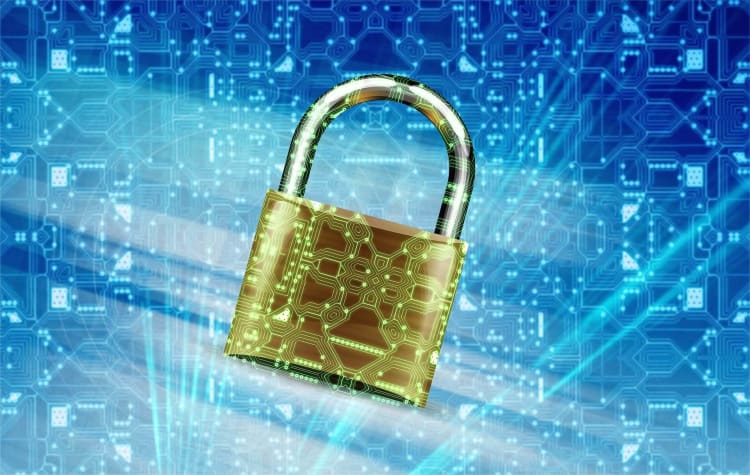What other tips would you suggest for keeping kids safe online?
10 Tips to Keep Your Kid Safe Online - Part 1

Categorized under: internet safety & cybersecurity
While there are huge benefits to our kids developing digital fluency, there may also be associated risks if we aren’t mindful and aware of how we can best protect our children. As parents/guardians, our #1 goal is to keep our kids safe. Whether it is getting them swim lessons so that they are protected in the water or teaching them not to talk to strangers or advising them on the proper way to cross the street, we will do whatever it takes to look out for the best interests our children. In the tech-enabled world, there are new risks that we must be sensitive to. From cyberbullying to internet predators and inappropriate material, the opportunity for our children to be influenced or harmed increases if we don’t first educate them about how to protect themselves or are not ourselves aware of the potential risks. In this series, we will highlight 10 tips to help start the conversation around protecting our children in a digitally enabled world. The 1st part of the series will focus on screen time, browser history checks and social media monitoring.
Differentiate screen time
Just like there is good cholesterol and bad cholesterol, there is good screen time and bad screen time. As parents, we often don’t distinguish between to the two and set blanket limits on how much time our children are able to spend on their devices. However, a child doing math problems on the internet is very different from a child aimlessly watching random videos on YouTube. While both are necessary for them to truly understand the boundaries, be diligent about differentiating between screen time activities that are primarily educational in nature versus those that are purely for entertainment.
Check their browser history
Our desktop and mobile browsers have a great ability to track what sites have been visited. Each time your child goes to a website, a record is created. You learn two things by checking your kid’s browser history: a) You can check if the sites, they are visiting are appropriate b) You can see if they are deleting their browser history. Depending on what you discover, a further conversation might be warranted if you find inappropriate site visits or you don’t find any browser history at all. The main point is that without that knowledge, it’s really difficult to guide your kids along the right path.
Monitor their digital communication
When I was a kid, we either talked to our friends face to face or we called them on the telephone. In addition to these options, 21st century kids can text their friends, email their friends, Snapchat, Whatsapp or communicate with them via more traditional social media applications. These additional communication channels are essential in the development of their digital fluency. However, if parents/guardians aren’t vigilant about monitoring communication, there could be some unforeseen issues that emerge. For example, with an email address you can communicate with anyone around the world. In addition, you can share pictures and videos with someone who might not even live in the same city. As a result, it is important to know who your child is emailing, texting, or engaging with on social media. The best way to check this is to look through their history to see who they are interacting with. If there seems to be frequent communication with someone who you are unfamiliar with or the topics are inappropriate, then it is time to have a conversation with your child about what you have learned and why you are concerned.
What other tips would you suggest for keeping kids safe online?
What other tips would you suggest for keeping kids safe online?


 By:
By: